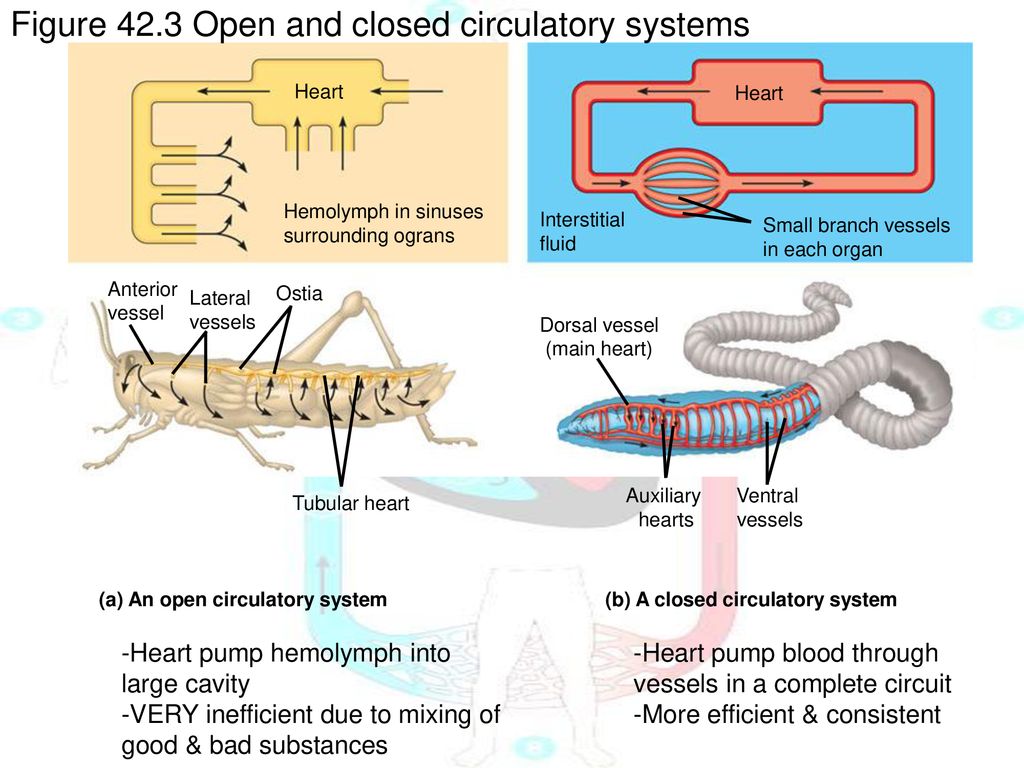Open circulation refers to a policy or system in which a resource, such as information or physical objects, is freely available and accessible to anyone who wants to use it. This term is often used in the context of libraries, where open circulation refers to the practice of allowing patrons to borrow books and other materials without any restrictions or limitations.
In a library with open circulation, patrons are typically allowed to borrow as many items as they want, for as long as they want, without any fines or fees for overdue materials. This allows users to access a wide range of resources and encourages the free exchange of information and ideas.
Open circulation can also be applied to other types of resources, such as digital content or physical objects in a museum. In these cases, open circulation may involve making materials available for free online or allowing visitors to handle and interact with objects on display.
There are several benefits to open circulation systems. For one, they promote accessibility and inclusivity, as anyone can access the resources without any barriers or restrictions. Open circulation also supports the idea of the "commons," or shared resources that are available to all members of a community.
In addition, open circulation can foster a sense of community and collaboration, as users are able to share resources and knowledge with one another. This can lead to increased innovation and the development of new ideas and solutions.
However, there are also potential drawbacks to open circulation systems. For example, if resources are not properly managed or maintained, they may become damaged or lost, which can lead to financial losses for the organization responsible for them. In addition, open circulation systems may not be sustainable in the long term if they are not supported by sufficient funding or other resources.
Overall, open circulation can be a valuable and effective way to promote accessibility, inclusivity, and the exchange of ideas and knowledge. However, it is important for organizations to carefully consider the potential drawbacks and ensure that open circulation systems are properly managed and supported.







